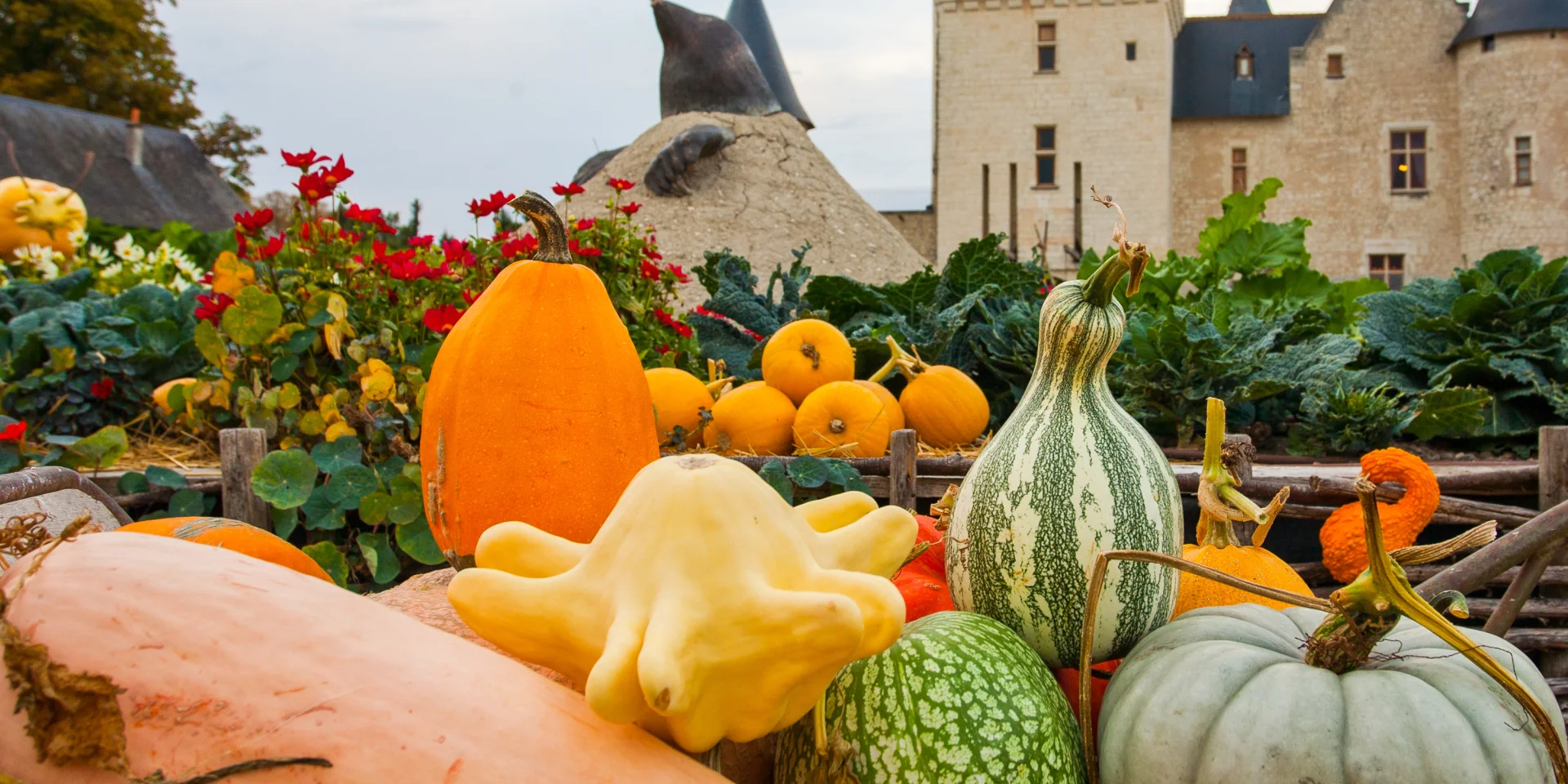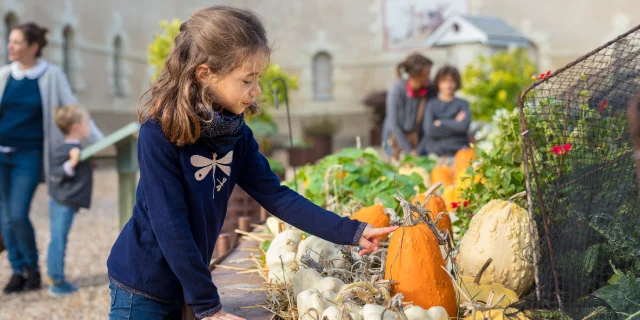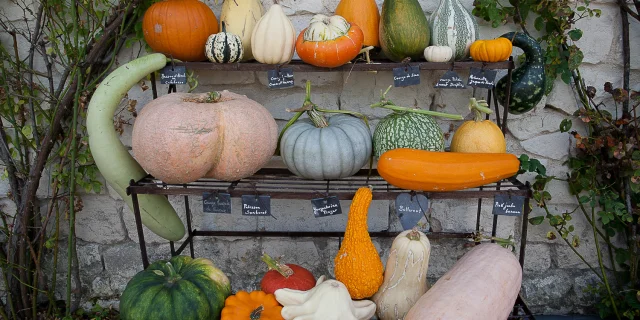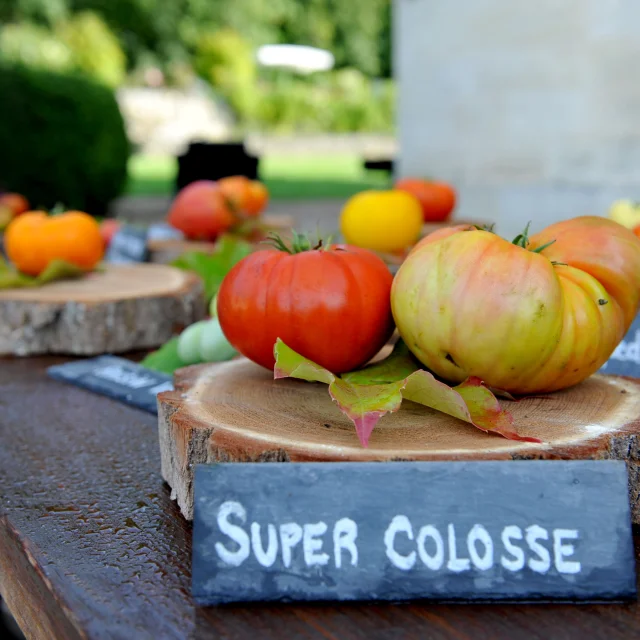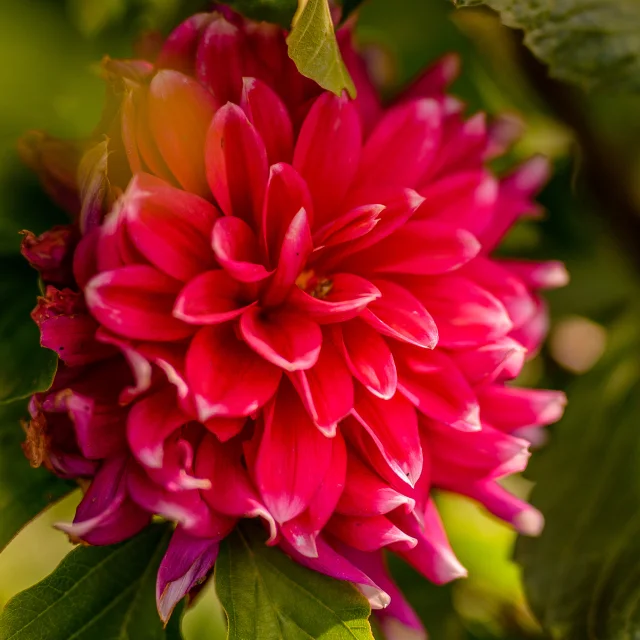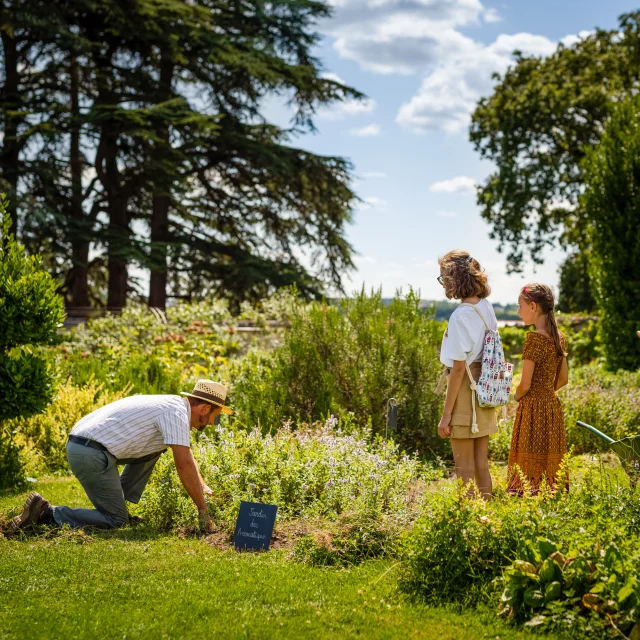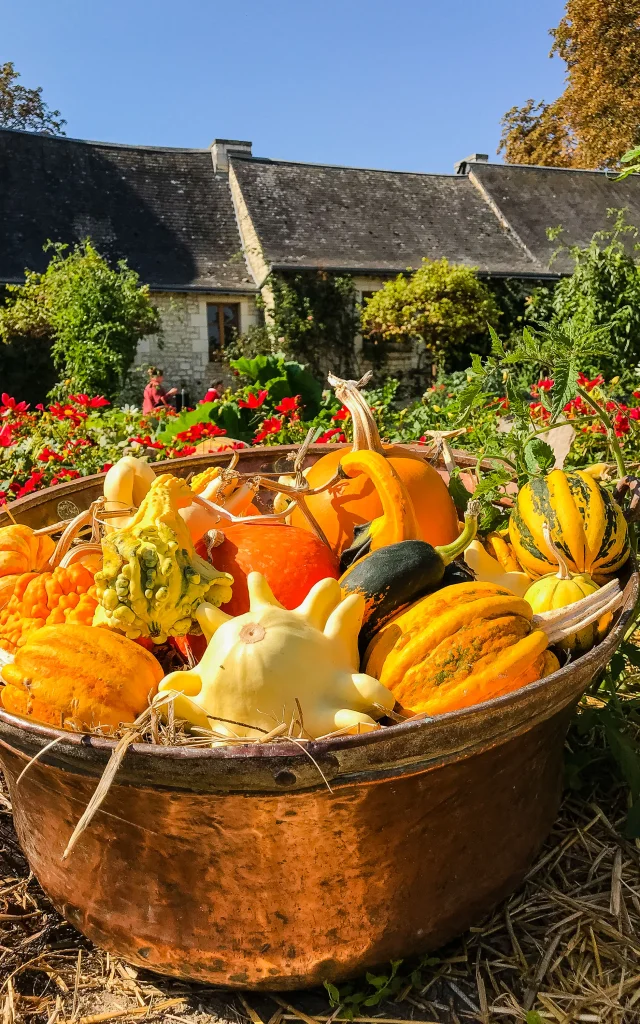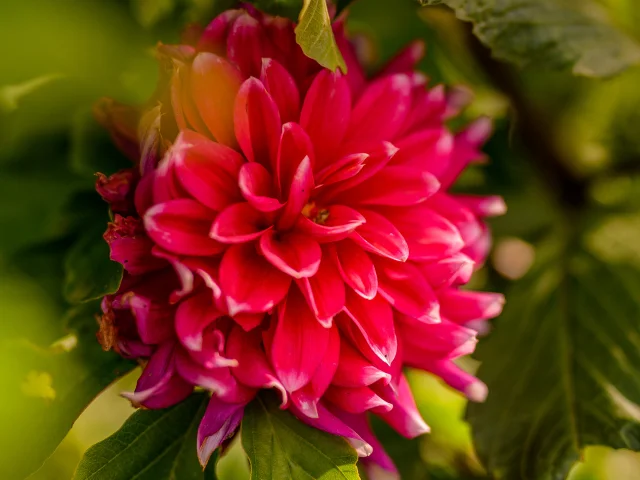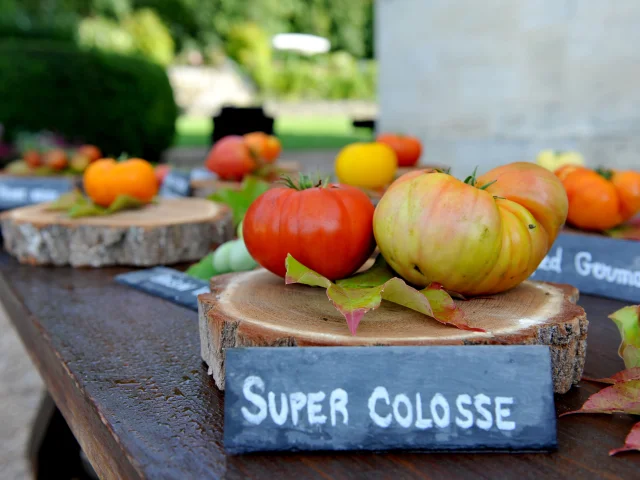Practical guide
When and how to sow squash?
Sowing squash requires patience and know-how. Wait until mid-April to start your first seedlings in pots under cover, at a temperature of 20°C. Place 2 to 3 seeds in each pot and keep only the most vigorous plant after emergence.
For direct sowing in the ground, wait until mid-May, once the Ice Saints have passed. The soil should be sufficiently warm, around 12-15°C. Varieties such as butternut and pumpkin particularly appreciate this method. Space your plants at least 1 metre apart to allow the runner squash to flourish fully.
 Squash from Château du Rivau
Squash from Château du Rivau